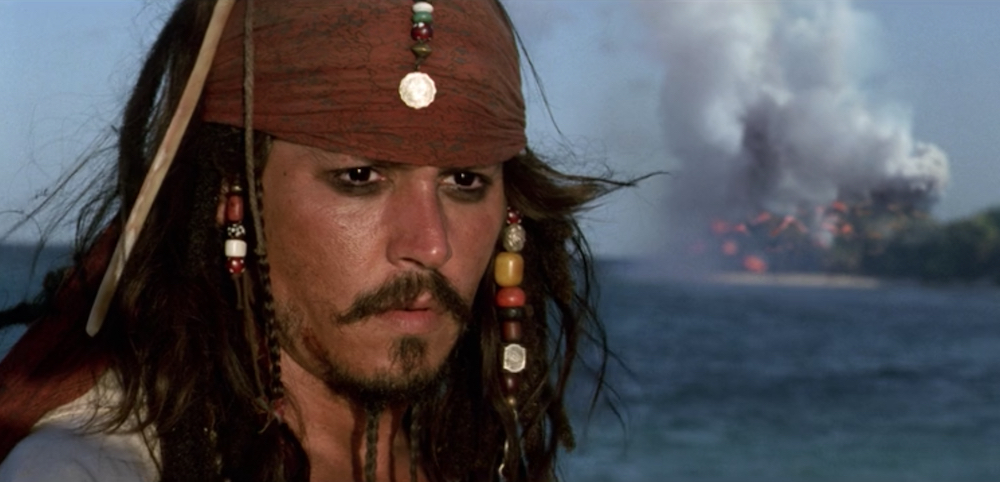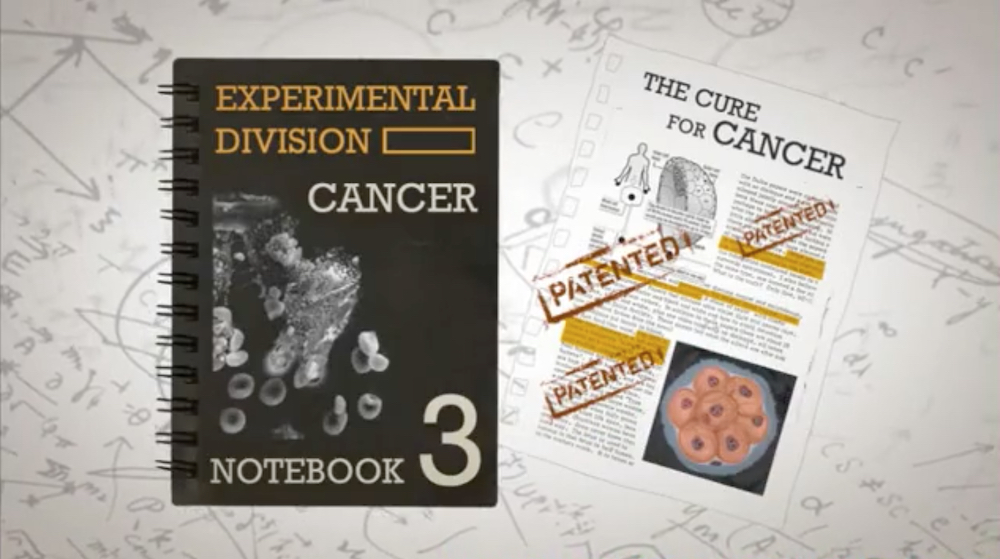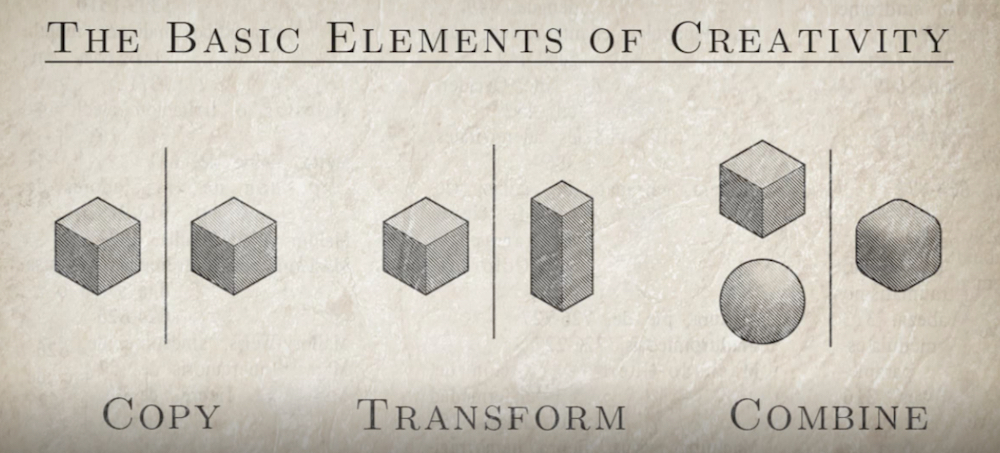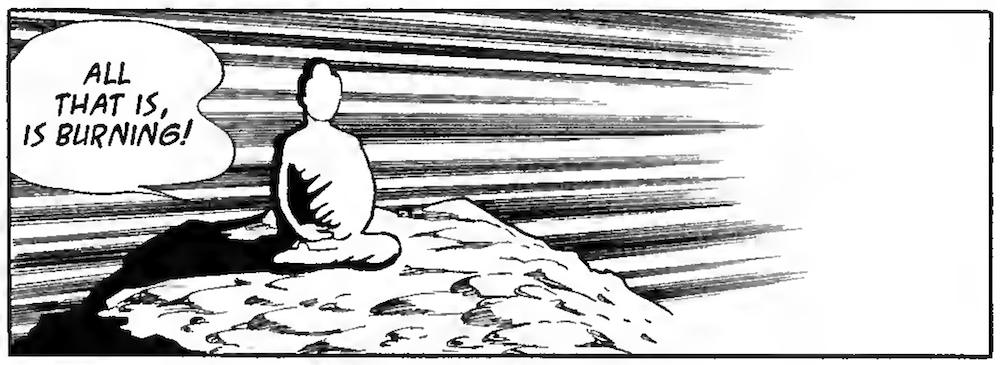Piratical databases of electronic texts challenge the structures that otherwise keep such material closed off and inaccessible. These so-called shadow libraries help push for a more informed, creative, and critical society that hinges upon accessibility rather than censorship and control.
Repositories of publications and material inaccessible to the general public have existed in the shadows of internet culture for several years. These massive collections of electronic copies of texts are usually freely accessible to anyone in the world. Databases like Library Genesis, Z-Library, and Sci-Hub, some of the more popular and famed so-called shadow libraries, or pirate libraries, provide open access to such data, often and obviously drawing legal attention in terms of violation of copyright and intellectual property law.
They also challenge authoritative structures through their subversive and participatory approaches to that accessibility.
Accessibility allows for a more critical and informed culture, which threatens hierarchical models of society that operate under tiers of power, control, censorship, and permission. Our complicated copyright regimes and licensing processes are the main culprits here. This sort of reform has been the goal among many copyright reform activists and critical remix artists, and it’s also been one of the guiding principles of pirate political platforms. As I pointed out in my previous post on the right to copy, cultural creativity is based upon remix principles, which links societal innovation and confusing legal constraints in really harmful ways. It’s hard to not feel a growing sense of mutiny as a result.

So, let’s talk a little bit about pirates.
Shadow libraries are also referred to as pirate libraries because they inherently participate in the same sort of pushback against deficient copyright laws that characterize a major part of political piracy. Their existence is predicated on challenging a perceived broken system of ownership, control, and access – and by extension, they push for a more informed, critical, and democratic world.
While communication technology and the struggle to reform intellectual property law may have facilitated much of the early momentum in political piracy, as a broader platform, it addresses much larger societal and global concerns.

Since its founding as a national party in Sweden in 2006 (Piratpartiet), pirate politics has generally focused on addressing the inadequacies of copyright laws, the promotion of free speech, a bolstering of privacy and security – especially in digital contexts – the detrimental conditions of closed-off access to information, the prospect of a more robust democratic system alongside a decentralization of authority, egalitarian frameworks for sociopolitical engagement, and the benefits of being able to freely exchange data in order to remain informed and facilitate creativity. These concerns have even been addressed in piratical religious contexts as well: The Missionary Church of Kopimism (here’s a link to an article I wrote about this movement in 2018).
But, at its core is an acknowledgement that democracy and civil liberties are deeply intertwined with information technology: it’s impossible to completely separate society from its technology, however primitive or advanced it may be, as politics and technology necessarily share a reciprocal and influential sort of relationship. Political piracy might be more noticeably connected to contemporary media contexts, but cultural innovators and societal transformers have demonstrated such concern all throughout history.
Retaining the rather pejorative term in its political platform might seem a bit strange and counterproductive too. Amid the stereotypical pillaging and plundering it also recalls the democratic traditions and constitutional codes operating in Golden Age pirate culture that predated systems of governance in “civilized” societal counterparts; check out Peter T. Leeson’s The Invisible Hook (2009) for more on this fascinating, and often neglected, part of history. Embracing the term also allows political pirates to subvert and reclaim it as their own. Plus, a little attention-getting irony coloring one’s activism also has a unique way of being able to work to one’s advantage among various publics intrigued by the label.
It’s not that off-putting associations – from thieves stealing someone’s creative property, to unkempt, parrot-loving plunderers and seafaring swashbucklers riding the Caribbean tides – aren’t always accurate portrayals.

They just keep our understandings a little narrow and much less nuanced.
In The Pirate’s Dilemma (2008), former “pirate radio” DJ Matt Mason echoes a fairly normative understanding of piracy in contexts more specifically pertaining to copyright and the free circulation of information: the term pirate has come to represent anyone “who broadcasts or copies someone else’s creative property without paying for it or obtaining permission.” But, media pirates can also be understood as guardians of free speech in their promotion of “efficiency, innovation, and creativity,” he notes, and their actions often “transform society for the better” (p. 36).
In its contemporary form, political piracy has centered on digital-age intellectual property reform and extends to related issues including government transparency, personal privacy, and access to information. Free exchange and transformation of cultural works is at increasing odds with various corporations and industries today, mostly because laws and policies in place are progressively becoming antiquated and ill-suited to match the current cultural climate and digitally-networked, global landscape. Rather than protecting such passé features, piracy encourages remix and transformation to push society forward with favorable wind in its sails.
And here’s the thing: pirate politics is concerned, first and foremost, with empowerment. It’s concerned with giving a voice to the subjugated, providing the tools needed to storm the barricades of censorship, and mapping the territory for individuals and communities to reclaim their treasured autonomy and power. It’s not simply about destruction, theft, or plagiarism. It’s about reform. And unfortunately, reformation is not always neat.
Sure, piracy can “create periods of chaos and anarchy,” Mason agrees, but it can also “improve things for the rest of us by doing so” (p. 231) – whether it’s music, software, clothing, scientific research, life-saving drugs, or the entire political apparatus, the transformations more often advance society and democratic ideals rather than impede them.

So in the context of shadow, or pirate, libraries, we might ask, then, what these types of concerns can teach us about reforming our current, and rather alarming, cultural and creative landscape, and how we might envision its future.
Some of the larger shadow libraries share a historical context in Russia and with Soviet-era censorship and literary control, with samizdat – the clandestine reproduction and circulation of censored and underground materials – serving as a noticeable precursor to the electronic databases that would form in a digital aftermath. But universities outside of the United States and Europe also don’t often subscribe to international databases that contain the scholarly work one might need access to for advancing research. Personal contacts and professional connections are some of the only legal options many burgeoning scholars face in such situations.
In the introduction to his collected volume Shadow Libraries (2018), Joe Karaganis notes that databases like Library Genesis were born from the unauthorized collecting of digital copies of books and articles that “enabled a slow osmosis of scholarly literature from more privileged to less privileged students, researchers, and universities” (p. 1). But book piracy has such “deep cultural significance” beyond assisting scholars outside more developed countries, according to Balázs Bodó, a piracy and shadow library researcher at the University of Amsterdam. In “Libraries in the Post-Scarcity Era” (2015), he indicates that this is because the history of book piracy presents us with “a story about how knowledge is circulated beyond and often against the structures of political and economic power.” It’s also, then, “a story about the changes this unofficial circulation of knowledge brings” (p. 76).
Much like legal libraries, shadow libraries also emerged “to remedy the scarcity in books,” Bodó indicates (p. 77). They’re both founded “on the idea that books should no longer be a scarce resource,” and such scarcity in the context of shadow libraries is resolved in two ways, he states: “the natural source of scarcity in physical copies is overcome through distributed digitisation” and “the artificial source of scarcity created by copyright protection is overcome through infringement” (p. 83). And the “liberation from both constraints,” he adds, “is necessary to create a truly scarcity free environment and to release the potential of the library in the post-scarcity age” (p. 83). That last point is crucial here, too – this notion of “post-scarcity” and an age wherein libraries become commons-based institutions characterized by decentralization, distribution, peer-production, and peer-maintenance.
But shadow libraries don’t just piratically complement legal libraries. They also compete with them, Bodó points out, by offering “far more electronic books, with far fewer restrictions and constraints, to far more people, far cheaper than anyone else in the library domain” (p. 78). Since there aren’t always electronic versions of books available by their publishers, legal libraries are often faced with a sort of accessibility void for many people. So, part of the history of shadow libraries is the imperative they find in filling such voids and by confronting “the inability of the commercial arrangements to provide adequate substitute services” (p. 87).
The other problem is that licensing agreements between publishers and copyright holders and libraries can often be more complex than they might appear. “As evolving closed, open, and informal models shape the landscape for research and instructional materials,” Karaganis indicates, “the borders between them have become complex – crisscrossed by different pricing models, definitions of openness, institutional cultures, varied and often poorly defined flexibilities in copyright law, and a wide array of tolerated, assumed, and asserted uses. The result is a hodgepodge system that routinely fails to meet the demand of the hundreds of millions of students and researchers who need it and – at the same time – provides the best system yet for channeling the expanding wealth of human knowledge to the rapidly growing number of new knowledge seekers” (p. 6).
And again, much of this has to do with deficient copyright laws that are lobbied and perpetuated by those who are positioned to gain the most out of them. In particular, this pertains to the ridiculous durations automatically granted and the disjunction that commonly exists between author and rights holder – and even more so, when tracing rights ownership becomes impossible and we’re left with legally-unusable content: so-called “orphan works.”
Copyright can be bought, sold, transferred, given, and inherited. So in terms of legally securing access, tracing such rights can be far more complicated than just tracking down who owns them. In “Libraries, Creativity and Copyright” (2015), Darryl Mead and Fred Saunderson, provide a great example of how this can inadvertently happen:
A photographer may be diligent to look after the rights in their photographs, and may be clear who (or what body) will own the rights after her/his death. This diligence is understandable, as the photographer clearly desires to maintain control over their creativity and provide protection to her/his livelihood…However, that same photographer may, understandably, give no copyright ownership consideration to her/his notes, napkin doodles or half-finished speech begun writing but never actually delivered (p. 64).
This sort of material, of course, also automatically (and often unnecessarily) retains copyright protection. So when ownership isn’t clear, the content can become legally unusable. Such orphan works “pose a major blockage to libraries and creativity,” they claim, as resources that might have significant value that is restricted from use “in situations where perhaps no agent, including the creator, ever desired this to be so” (p. 64). In instances like this, the current copyright regime “simply fails to account for the countless items that need not be in protection – whether because an author never intended them to be restricted, the works hold no commercial value or the items have become orphans over time” (p. 70).
The point, as I’ve been slowly drifting us towards here, is that we don’t exactly need to lower the sails or jump ship. It’s not too late to patch the hull, in other words. And in many ways, political and media piracy offer valuable insight for those daring to chart the murky waters in search of clearer tides and that paradisiacal shore.
But let’s take a step back here for a moment to better think about why the constraints and restrictions legal libraries more increasingly face today are such important considerations.
At their most basic level, libraries function as collectors of cultural material. They allow for “the actual creative process, in so far as is possible, to be captured, recorded and preserved for future generations,” Mead and Saunderson note (p. 59). When we frame libraries as “cultural heritage institutions,” then we can also better understand their primary purpose: “collecting, maintaining and affording access to society’s cultural material.” For centuries, these types of organizations have been “in prime position to support both the strength of collective memory and the cumulative diversity of creativity” (p. 53).
They’re also major players, then, in this cycle of creativity and cultural production: they “exist as the basis for future creativity.” Mead and Saunderson point out the obvious fact, then, when we approach this from a remix perspective: “Creative work is built upon preceding work” (p. 57).
Always.

“You don’t reinvent the wheel,” they state. “Instead, you take the power of the wheel to the next level and invent the axle and the cog. Fundamentally, creativity emerges from a coming together of existing material and novel insight: a combination of pre-existing knowledge and new ideas” (p. 57). And as we just noted, since libraries exist as those organizations and heritage institutions that capture, record, and preserve prior cultural creativity, they remain crucial to the development of knowledge, the creative process, and future cultural production.
But again, when restrictions and constraints place limitations on accessibility to what has been captured, recorded, and preserved, society itself is weakened and impeded. The point of such open accessibility is not that people should “need to read every book and watch every film in order to generate new ideas and develop fresh creative outputs,” Mead and Saunderson argue. “However, people do need access to as close to the full range of existing material as possible, since different works will prove valuable to different people at different times” (p. 58).
And that’s also another very important point: it’s not that creativity hinges upon a complete and comprehensive familiarization with all prior creative productions. If it did, then “humanity would face an impossible uphill battle that no library could address.” Instead, creativity does hinge “upon individuals coming across, finding or knowing about the right prior content at the right time” (p. 58). And this simply cannot be done if that potentially right content is unable to be found or reasonably accessed.
Pirate platforms exemplify the emancipatory and revolutionary aims many are ready to start embracing at a larger level. But, if we don’t tread through the raging cultural seas with enough care, we may find ourselves with more peg legs and eyepatches than freedoms and liberties. Much of this is dependent upon copyright reform. Much of this also pertains to accessibility and control. But without proper care and attention, and without the responsibility needed when dismantling or reforming the necessary channels, a global, digital culture with the means to raise a mast can also inadvertently topple the crow’s nest to the depths below. The hope, of course, is that such dismantling or reformation of access, control, ownership, and dissemination called for among critical remix artists, pirates, and from within the libraries that exist in our shadows, will help lead to a new vessel and change of tide as we make our way into a post-scarcity age.
Image from Pirates of the Caribbean: The Curse of the Black Pearl via Walt Disney Pictures 2003. Image from RiP!: A Remix Manifesto via Brett Gaylor 2008. “The Basic Elements of Creativity” by Kirby Ferguson 2011 / CC BY-SA 3.0. All other images are either in the public domain or are distributed for free use without attribution.



